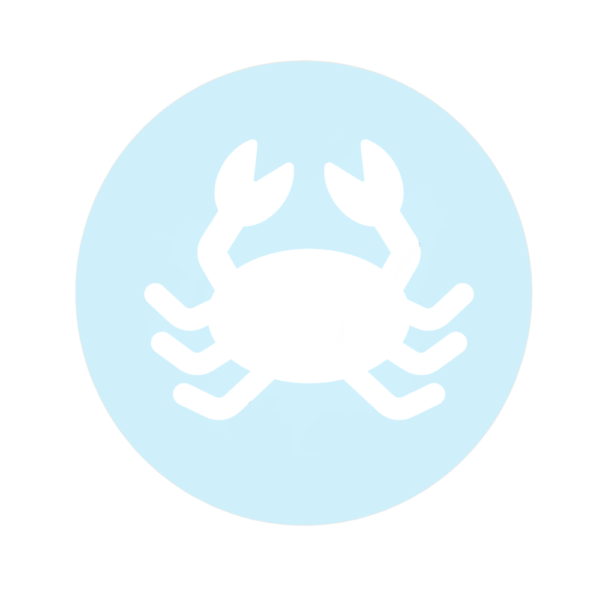Cholesterol
Baby's food

Cholesterol is a fatty, wax-like substance found naturally in all the cells of your body. Cholesterol is used by the body to produce steroid hormones, such as estrogen and testosterone, as well as make vitamin D. Children who have a high level of cholesterol in their bodies might have an increased chance of developing heart disease and stroke as adults.
Sources of cholesterol
While the liver can make all the cholesterol the body needs, some of the foods we eat also contain cholesterol. Foods that have high levels of saturated and trans fat increase the amount of cholesterol the liver produces. Examples of foods with cholesterol include dairy products, poultry, meat, egg yolk, sea-foods. Foods from plants, such as vegetables, fruits, and grains, don’t contain cholesterol.
Good and bad cholesterol
Being fat-soluble, and not water-soluble, cholesterol cannot be carried in the bloodstream as it is; it has to attach to proteins to form lipoproteins. The two common subtypes of lipoproteins are high-density lipoproteins (HDL) and low-density lipoproteins (LDL).
HDL is generally considered as ‘good cholesterol’ because these lipoproteins carry cholesterol away from the arteries and back to the liver where it can be broken down and removed from the body.
LDL is considered as ‘bad cholesterol’ because when an excess amount of these lipoproteins is circulating in the body, they can build up on the walls of the arteries. This buildup on the walls of the arteries, overtime, impedes the flow of healthy blood to vital organs of the body, such as the heart and brain, increasing the risk of heart disease and stroke.
Causes of high cholesterol
Factors that contribute to high cholesterol include:
- Obesity: which can result from poor diet and lack of exercise
- Heredity: some families have a history of high cholesterol
- Diet: eating excessive fatty food, especially those containing saturated and trans fat
How to check for high cholesterol
Your child can have their cholesterol level checked between age 9 and 11 and later between age 17 and 21. You could also have the cholesterol level of a child of over 2 years old checked if they show any of these signs:
- A family history of cardiovascular diseases, such as coronary artery disease and stroke
- Overweight or obesity
- A parent or close relative with cholesterol higher than 240mg/dL
- Some kinds of medical conditions, such as kidney disease, juvenile idiopathic arthritis
Treatment of high cholesterol
If your child has an LDL cholesterol level of 130mg/dL or higher, they would be advised to make lifestyle changes, such as reducing cholesterol and fat (especially the saturated and trans fat) in their diet, exercising regularly, and making further effort to lose weight.
For kids older than 10 years who have LDL cholesterol of 190mg/dL, drugs might be considered, especially if diet and exercise have been trialed initially. For kids with health conditions, such as diabetes or high blood pressure, or with a family history of high cholesterol and heart disease, treatment might be administered even at lower levels of LDL.
Ways to Lower Cholesterol
As a parent, you should have your cholesterol level checked. If it is high, request that the cholesterol level of your child also be checked.
Follow these tips to keep your family’s cholesterol level in check:
- Reduce the number of drinks and food that has added sugar
- Have a plan to ensure that your kids are physically active for at least an hour daily
- Always check the nutritional labels on the foods you buy to limit saturated and trans fats
- Reduce meat and seafood and increase plants and vegetables.
- Eat oily fish
Verified:
Dr. Piyawut Kreetapirom, MD. license no. 41578 (8 July 2021)



